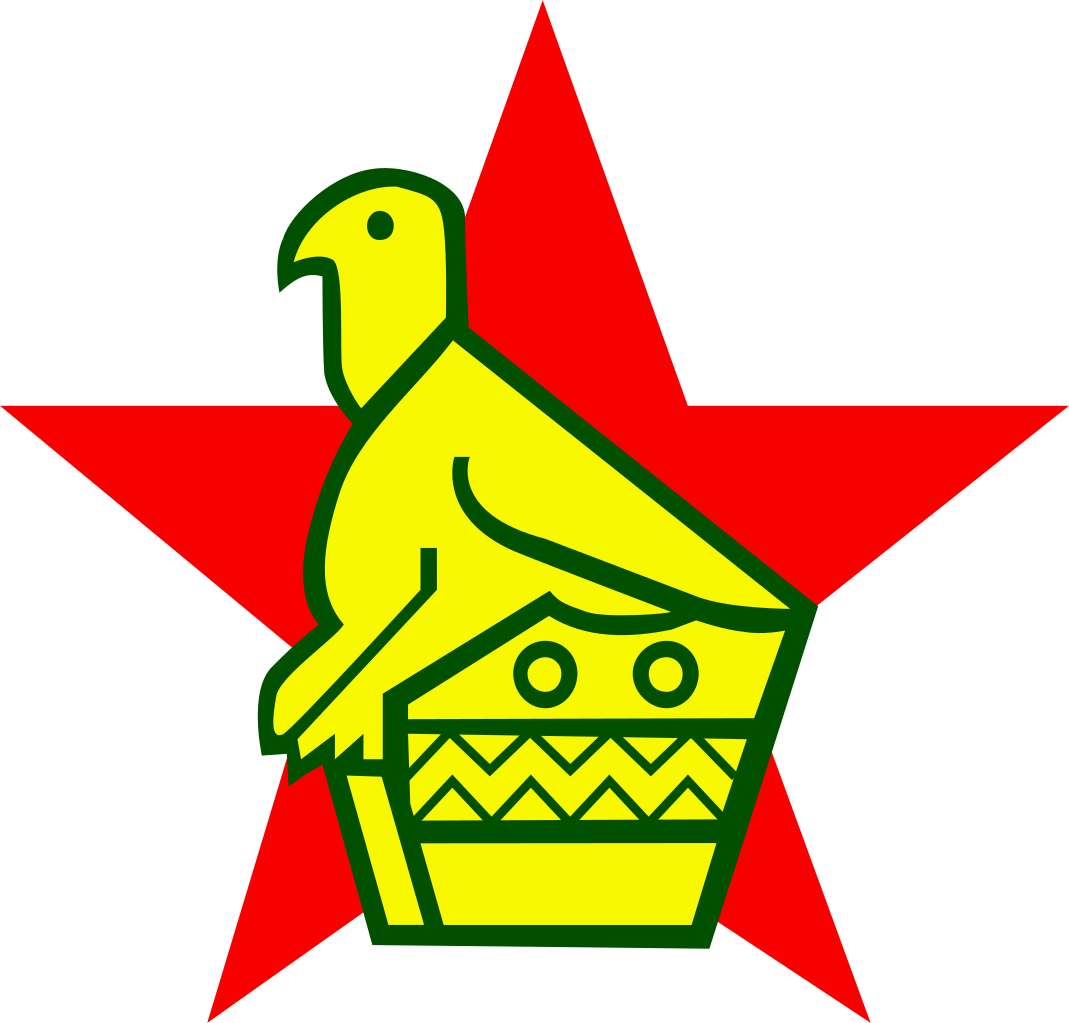1924 summary
The Olympic Games returned to the city of Paris for a second time in 1924, making it the first city to host more than one edition of the Games. Paris had previously played host to the Olympics in 1900. This edition of the Olympic Games, officially known as Games of the VIII Olympiad, was the first in which the Olympic motto Citius, Altius, Fortius (Faster, Higher, Stronger) was used.
An all-time high 16 NOCs entered for the sport of cricket. They were (in alphabetical order) Argentina, Australia, Bermuda, Brazil, Canada, Ceylon, Chile, Great Britain, India, Ireland, Netherlands, New Zealand, Rhodesia, South Africa, United States and the West Indies. Bermuda and Rhodesia made their sporting debuts at the Olympic Games. However, one notable absentee was the host nation France, who had participated in cricket when the Olympics were hosted in Paris in 1900. Like Belgium in 1920, France had also moved on from the sport due to it's decline in popularity in the nation since the Great War.
The 16 matches played in the tournament, including knockouts, were evenly distributed across two venues - the Stade Olympique de Colombes, the main stadium for the 1924 Games; and Vélodrome de Vincennes, the stadium which hosted cricket matches during the 1900 Games. The final was played in the latter for it's deep history with the game of cricket. The tournament format remained the same as in 1912 and 1920, with the standard cup tie or knockout format being put in use again, with only one change - all the participating nations were made to feature in the first round of sixteen teams.
Australia, New Zealand, Great Britain, United States, Ireland, West Indies, South Africa and Argentina made it past the first round and into the quarter-finals of the tournament. The casualties of the first round were Ceylon, Rhodesia, Chile, Canada, Netherlands, India, Bermuda and Brazil. The quarter-finals were a face-off between Trans-Tasman rivals Australia and New Zealand, Great Britain and one-time equals United States, Ireland and the West Indies, and lastly South Africa and Argentina.
Australia overcame New Zealand by 18 runs in the first quarter-final despite a thoroughly entertaining cameo from Tom Lowry who scored 40 off only 19 balls. Great Britain crushed the United States by a massive 182-run margin, showing just how wide the gap between the two teams had become since 1912, when they faced each other in the final of the Olympics for the third and possibly last time. Jack Hobbs broke the previous highest individual score record set by the legendary Clem Hill in 1904 by scoring an unbeaten 150. Ireland and the West Indies played out perhaps the most thrilling match in the history of the Olympics. The former had levelled the scores and needed just 1 run to win the match, but for a brilliant piece of fielding by Learie Constantine off his own bowling to defy them. The West Indies were controversially allowed to progress to the semi-finals due to their superior head-to-head record against the Irish, when the usual tiebreaker of fewer wickets lost in an innings could not be put into use. The fourth quarter-final saw South Africa knock out 1920 Bronze medalists Argentina in a convincing 6-wicket victory.
The first-semi-final between arch-rivals Australia and Great Britain saw Charles Macartney write himself into Olympic folklore when he smashed Frank Woolley for 14 runs in the final over of the match to level Great Britain's total of 235. The was the second tie of the 1924 Games and only the third overall. Australia were adjudged victors for having lost fewer wickets than Great Britain, and progressed to the final. South Africa were beaten by the West Indies in the second semi-final on the back of a century from George Challenor and a disciplined bowling performance. This left Great Britain and South Africa to battle it out for a Bronze medal, while Australia and the West Indies battled it out for Gold.
Great Britain won their first Bronze medal for cricket by defeating South Africa by 51 runs. In a way, this was a step backwards as they had won only Gold and Silver medals in every Olympics since the first in 1896. South Africa finished fourth on the overall standings, their best performance since 1912.
The final saw Australia pitted against the West Indies. Though rattled early on, the Australians recovered due to some erratic bowling and fielding from the West Indians to post a challenging 225/7, with Alan Kippax scoring a defiant 84. The West Indies started off the same way with the bat as they had done with the ball, but collapsed to lose their last 6 wickets for a mere 24 runs. They were bowled out for 166, thus giving Australia victory by a handsome 59-run margin.
Australia finished with their fourth Gold medal for cricket, and second in succession since 1920 to match their previous Gold-winning streak between 1900 and 1904. West Indies won a Silver medal, their first for the sport after a near miss in their debut year in 1904. Charles Macartney was declared Player of the Tournament by the officials for scoring 175 runs at 58.33 and also picking up 6 wickets at a miserly average of 10 with his underrated left-arm spin. Jack Hobbs, who topped the run charts for the second Olympic Games on the trot, was a tad unlucky to miss out on the honor.

 Australian Franchises|105|
60
|45|0|128|
-
57.14%
-
|
-
Three (
CL II
,
CL VII
,
CL XII
)
-
|Winners
CL II
,
CL VII
,
CL XII
|Sydney Stallions
Australian Franchises|105|
60
|45|0|128|
-
57.14%
-
|
-
Three (
CL II
,
CL VII
,
CL XII
)
-
|Winners
CL II
,
CL VII
,
CL XII
|Sydney Stallions Kiwi Franchises|96|
56
|40|0|128|58.33%|One (
CL I
)|Winners
CL I
|Hawke's Bay Magpies
Kiwi Franchises|96|
56
|40|0|128|58.33%|One (
CL I
)|Winners
CL I
|Hawke's Bay Magpies South African Franchises|102|
56
|45|1|129|54.90%|Two (
CL IV
,
CL XI
)|Winners
CL IV
,
CL XI
|Durban Bulldogs
South African Franchises|102|
56
|45|1|129|54.90%|Two (
CL IV
,
CL XI
)|Winners
CL IV
,
CL XI
|Durban Bulldogs English Franchises|89|
50
|39|0|96|56.18%|Two (
CL III
,
CL VI
)|Winners
CL III
,
CL VI
|
-
Manchester Cricket Club
-
English Franchises|89|
50
|39|0|96|56.18%|Two (
CL III
,
CL VI
)|Winners
CL III
,
CL VI
|
-
Manchester Cricket Club
-
 Indian Franchises|66|
30
|36|0|78|45.45%|One (
CL V
)|Winners
CL V
|Bengaluru Bulls
Indian Franchises|66|
30
|36|0|78|45.45%|One (
CL V
)|Winners
CL V
|Bengaluru Bulls Sri Lankan Franchises|41|
27
|14|0|69|65.85%|Two (
CL VIII
,
CL IX
)|Winners
CL VIII
,
CL IX
|Basnahira Bears
Sri Lankan Franchises|41|
27
|14|0|69|65.85%|Two (
CL VIII
,
CL IX
)|Winners
CL VIII
,
CL IX
|Basnahira Bears Zimbabwean Franchises|69|
27
|41|1|63|39.13%|One (
CL X
)|Winners
CL X
|Manicaland Bulls
Zimbabwean Franchises|69|
27
|41|1|63|39.13%|One (
CL X
)|Winners
CL X
|Manicaland Bulls Caribbean Franchies|41|
18
|23|0|46|43.90%|One (
CL XIII
)|Winners
CL XIII
|Jamaica Bandits
Caribbean Franchies|41|
18
|23|0|46|43.90%|One (
CL XIII
)|Winners
CL XIII
|Jamaica Bandits Pakistani Franchises|28|
11
|17|0|26|39.29%|Zero|Runners-Up
CL XII
|Multan Mahals
Pakistani Franchises|28|
11
|17|0|26|39.29%|Zero|Runners-Up
CL XII
|Multan Mahals American Franchises|24|
10
|14|0|36|41.67%|Zero|Knockouts
CL X
|Seattle Sharks
American Franchises|24|
10
|14|0|36|41.67%|Zero|Knockouts
CL X
|Seattle Sharks Bangladeshi Franchises|25|
7
|18|0|29|28.00%|Zero|6th in Group Stages
CL X
|Duronto Rajshahi
Bangladeshi Franchises|25|
7
|18|0|29|28.00%|Zero|6th in Group Stages
CL X
|Duronto Rajshahi Kenyan Franchises|11|
6
|5|0|8|54.55%|Zero|Runners-Up
CL IX
|Nairobi Nomads
Kenyan Franchises|11|
6
|5|0|8|54.55%|Zero|Runners-Up
CL IX
|Nairobi Nomads Scottish Franchises|4|
3
|1|0|6|75.00%|Zero|Semi Finalists
CL IX
|Highland Barbarians
Scottish Franchises|4|
3
|1|0|6|75.00%|Zero|Semi Finalists
CL IX
|Highland Barbarians Irish Franchises|8|
3
|5|0|6|37.50%|Zero|8th in Group Stages
CL XIII
|Clontarf Firebirds
Irish Franchises|8|
3
|5|0|6|37.50%|Zero|8th in Group Stages
CL XIII
|Clontarf Firebirds Canadian Franchises|14|
3
|11|0|12|21.24%|Zero|7th in Group Stages
CL X
|Toronto Raptors
Canadian Franchises|14|
3
|11|0|12|21.24%|Zero|7th in Group Stages
CL X
|Toronto Raptors Dutch Franchises
-----
|3|
0
|3|0|0|0.0%|Zero|
--
4th in Group Stages
CL IX
--
|Dragons
Dutch Franchises
-----
|3|
0
|3|0|0|0.0%|Zero|
--
4th in Group Stages
CL IX
--
|Dragons










 | |
| | 